You know spring is on its way as daylight hours lengthen, temperatures warm and while the snowdrops (Galanthus) and early Crocus tomassianus are finishing, daffodils (Narcissus) and the wave of other spring bulbs are hitting their stride.
Ready, steady, wait… then sow!
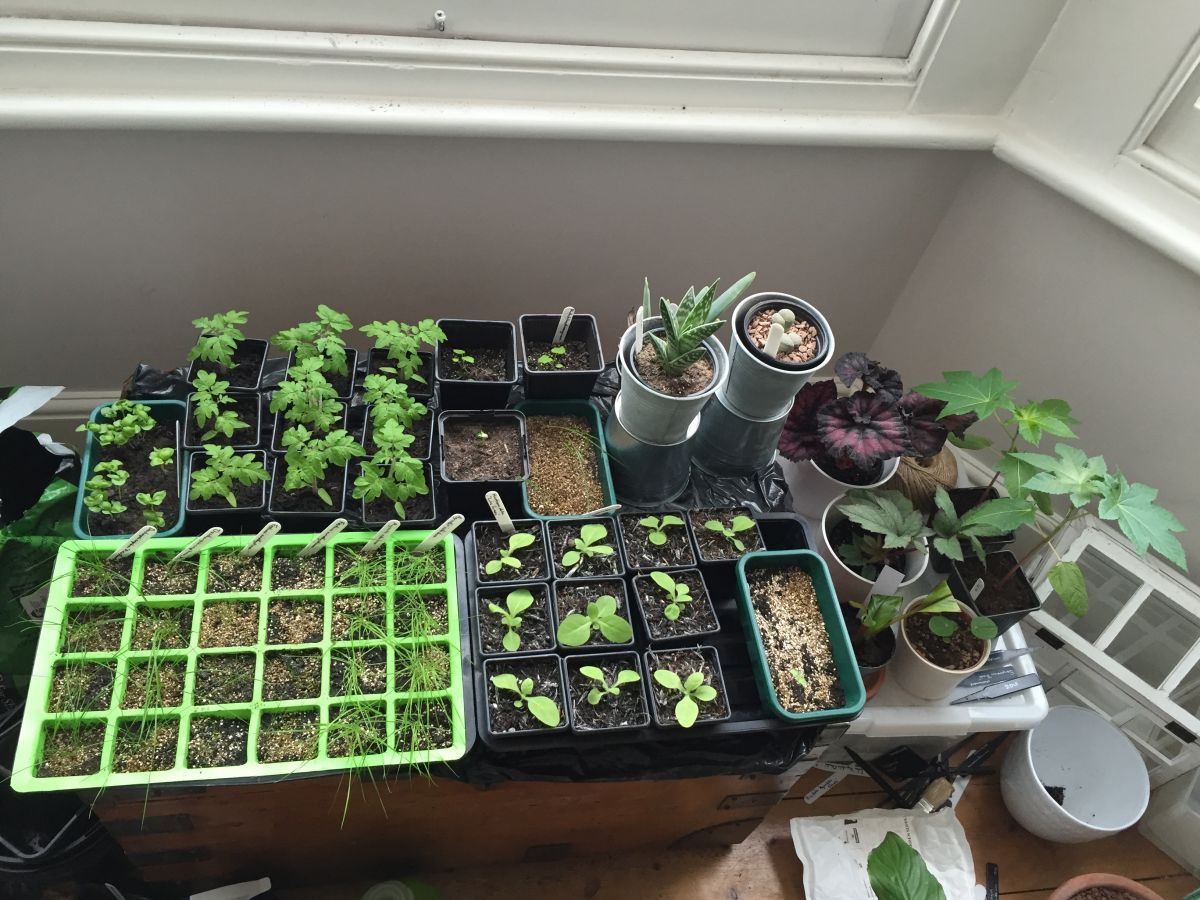
- Begin sowing seeds indoors: there’s no escaping that March and April are the most important months for sowing seeds. While it’s important to sow gradually through the rest of summer for continuous vegetable crops and annual flowers, early spring is the engine month. But outdoor temperatures can still be unpredictable and it’s important to keep an eye on weather forecasts.
- When to sow: there’s usually a point in March, even if it’s right at the end, when you can feel winter has broken. There will still be cold days and nights to come, but you can feel the worst is out of the way because there is an extended sunny spell and night temperatures become warmer.
- Use a heated propagator or heat mat: early in spring it’s always worth giving seeds an extra heat boost from below to get them started. Unless they are particularly hardy, peas and broad beans won’t need it.
- Avoid damping off: bottom heat also helps keep the compost warm to help reduce damping off, a fungal infection in soils that kills seedling stems at the base. Good air circulation I find is absolutely critical to avoiding damping off, I haven’t had it since making sure air moves slightly around seedlings with a slight breeze or draft. Strong sunlight is also important to get them off to a good start.
- Know your night temperatures: I never really focus too much on daytime temperatures, consistency in night temperatures is what I am looking for. When nights are consistently above 5C I know we are into the home straight of the growing season. Summer comes when night temperatures are above 10C.
Flowers
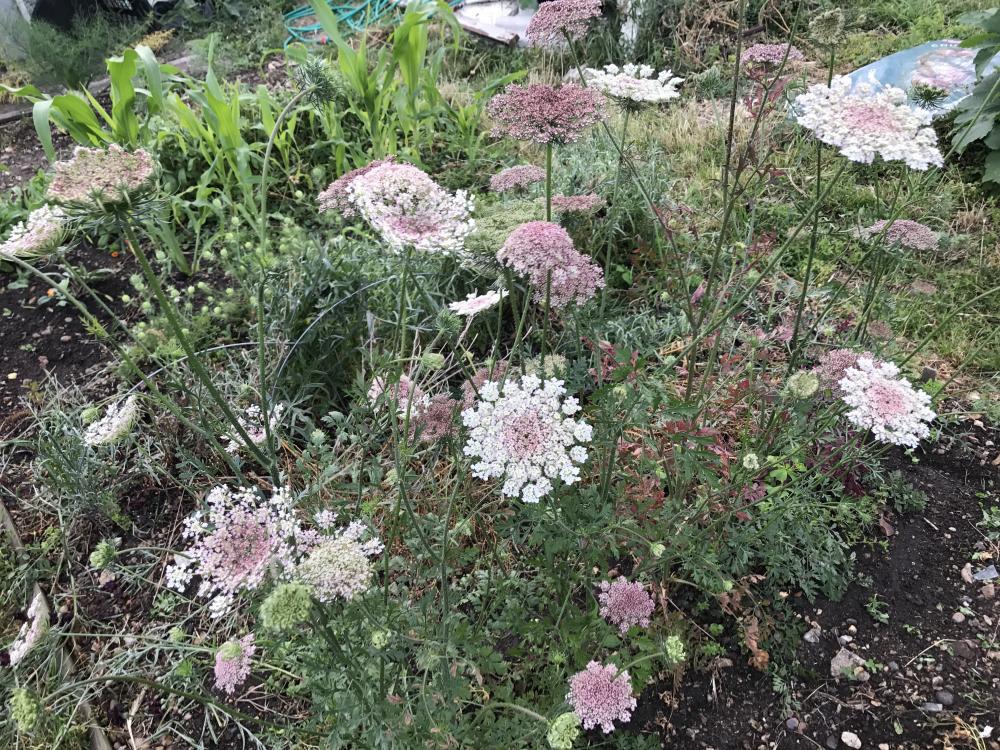
- Flowers to sow outside: toward the end of the month I’ll sow hardy annuals and perennials direct outside or in pots such as: Nasturtium (Tropaeolum), Ammi spp., cornflower (Centaurea cyanus), opium poppies (Papaver somnierum) and Daucus carota.
- Flowers to sow inside: also later in the month, toward the end when light levels are stronger and weather warmer, I’m going to be sowing Dahlia seeds, Nicotiana, Cosmos, Zinnia and other less hardy annuals in our polytunnel and on windowsills. Sweet pea seeds can be sown in spring as well as autumn, they simply flower a tiny bit later.
- Take cuttings of dahlias: cuttings of dahlias are easy and the traditional way is to start their tubers inside in pots of compost around February, keeping the tops just above the compost for shoots to be visible. Through March shoots will start forming and when they’re about 10-15cm long with a couple of sets of leaves, cut them from the tuber. Do this by taking a tiny piece of the tuber too as the cutting’s base. This will form roots quickly. Bury the stem to just under the lower leaves in compost in a small pot with a few other cuttings, then grow on in a sunny spot with base heat.
- Weed around existing plants carefully: this month is the last best chance to do this before everything starts growing rapidly.
- Add a light mulch of compost or well-rotted manure: if you didn’t in autumn, add 2-3cm of organic matter around rich soil loving perennials, such as dahlias and cannas.
- Divide snowdrops: after flowering, divide clumps of snowdrop bulbs while still green and spread them around to increase numbers in years to come. Repeat every year for that dream snowdrop carpet!
- Plant summer bulbs: lilies, agapanthus, gladioli, crocosmia and autumn flowering nerines can go out later this month.
- Remove finished spring bulb flowers: cut off flowers of tulips and daffodils when their flowers wither to keep energy in the bulb and not in forming seeds – leave stems. This will help with flowering next year. Don’t bother doing this for smaller flowers like snowdrops and crocus as they’re keep going regardless.
- Apply nematodes: once soils warm above 5C, which happens around the time night temperatures are consistently above 5C, it’s safe to apply nematodes to control various pests organically. I tend to use them to mainly control vine weevil in small gardens where they can be a problem in pots and on any plant with a fine, fibrous root system like ferns and heuchera. You mix them into a watering can following the ratios on the instructions, and them pour them around the roots. Repeat this at least three times, once in spring, once in summer and a final time in early autumn. It works for me. You can use them on slugs and lawn chafers but I don’t feel the need – I don’t care about perfect lawns personally.
Vegetables
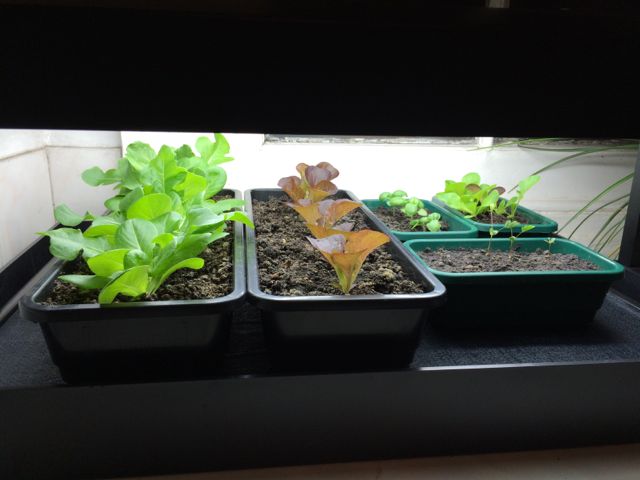
- Create a calendar: plan ahead now for what to sow to ensure you don’t forget a crop. Rather than write anything down, I order my seed packets by month and return to them frequently to see what’s coming up that month.
- Sow salad crops: salad crops such as lettuce, radish, beetroot and spring onions can all be sown in rows outdoors when weather warms in March. I also like to start lettuce in indoors in modules (without bottom heat) to have lots of young plants in the wings to plant out for continuous supply, making use of gaps. I do this throughout the growing season, though in summer put the seed trays on a bench outside
- Sow root vegetables: carrots, parsnip and salsify can all be sown direct outside this month. With parsnips sow in a grid, 20cm between plants, to help you spot their leaves. Many people say parsnips don’t do well for them but this is likely because they are slow to germinate, often hidden among weeds. Eventually they become more obvious about 2-3 months later and sowing in grids or rows helps.
- Sow tender crops indoors: with bottom heat as these plants really need warmth. Tomatoes, chillies, courgette, cucumber and aubergines. Peas and beetroot are hardy but benefit from being sown inside this month. They’ll grow quickly in March’s brighter days.
- Sow broad beans direct: water in well for fast germination to evade mice, which love the seeds. If a real problem, grow them indoors first in deep pots and plant out when they have a few sets of leaves.
- Plant first early potatoes: I sow in rows and simply dig a little hole for each one, like bulbs, rather than digging trenches. Adding a top mulch of compost of well-rotted manure a month or two beforehand.
- Plant asparagus: if you don’t have asparagus, you must! They take two years to settle in but I promise it is worth it.
- Plant onion sets and shallots: don’t enrich the soil, instead plant these where the soil was enriched the year before. Alliums prefer things a little on the nutrient poor side.
Herbs
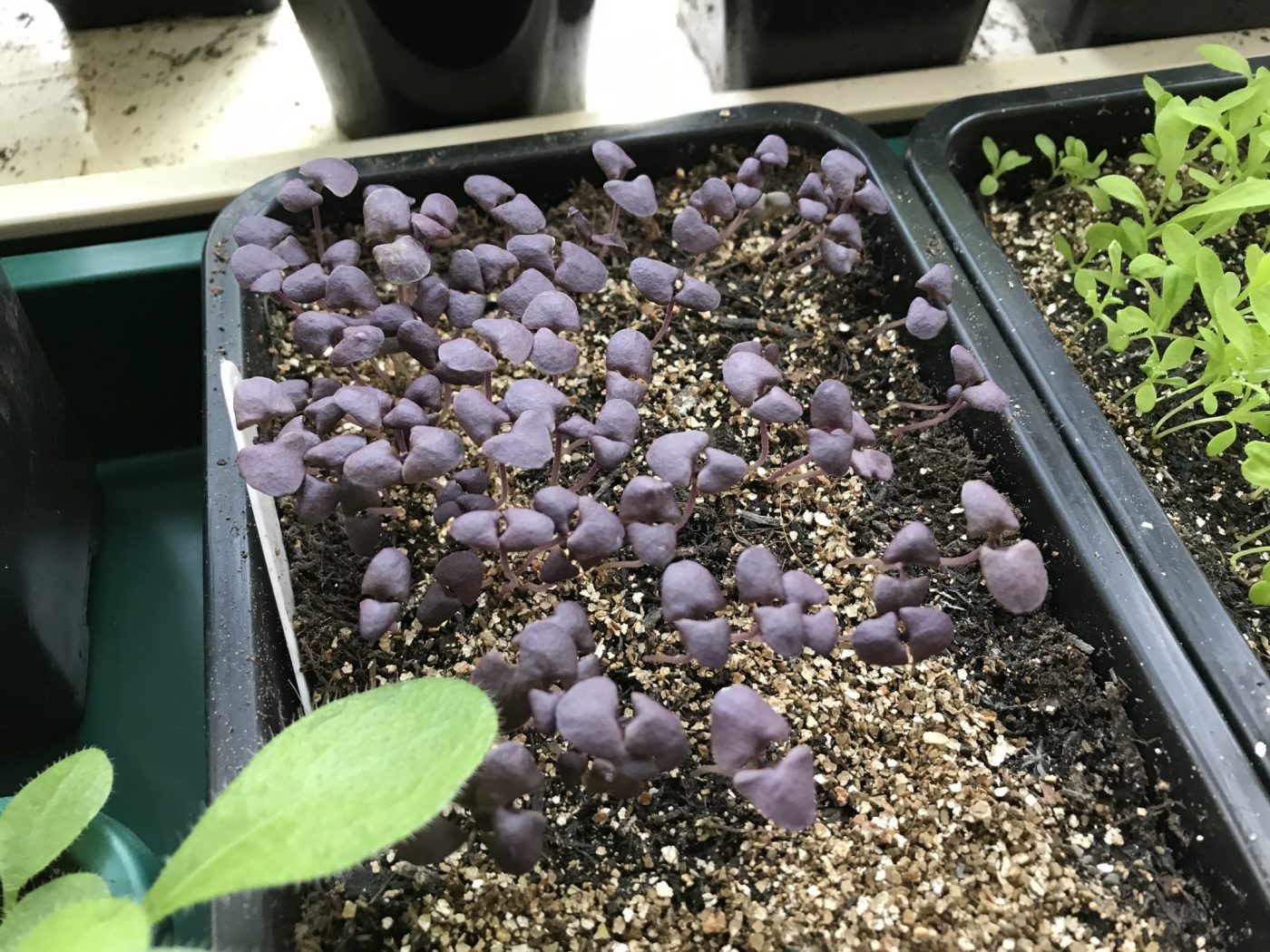
- Sow basil and parsley indoors: these plants need lots of warmth and sunlight to grow well.
- Order perennial herb plants: or grow from seed, there are so many to choose from but I always start with rosemary, thyme, sage, bay, fennel, tarragon and chives.
Fruit
- Harvest forced rhubarb: if you covered some of your rhubarb plants with a bucket or force, around now will be the time to pick. For the plants forced this year, give them a break next year. Give all rhubarb plants a good mulch of compost or well-rotted manure.
Lawn
- First cuts: once you notice your lawn starting to grow, begin to mow! Start on the highest setting, and then gradually lower it for the rest of the season. I aim to grow grass at about 6 – 10cm tall to allow lawn weeds to flower for pollinators.
- Apply fertiliser: for organic lawn feed, use chicken manure pellets or liquid seaweed fertiliser (the latter only really suitable for small lawns).
- Tidy edges: use a lawn edger to tidy up the edges of lawns. If you’re as bad as me at getting a straight edge, you can use a thin plank of wood to help of a piece of string pegged tight into the ground at each end of the line you are tidying.


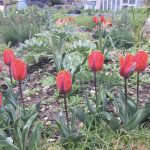
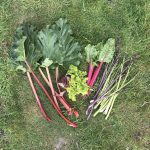
I’ve just found your site by accident while looking for a heated propagator. And I’ve been here all morning, great articles thanks! Bookmarked you now.
Thank you Rupert! Glad you found the site 🙂
Jack
Has the March newsletter gone out yet ?
Hi Pat, no not yet, it is going to be a little later this week this month.
Jack